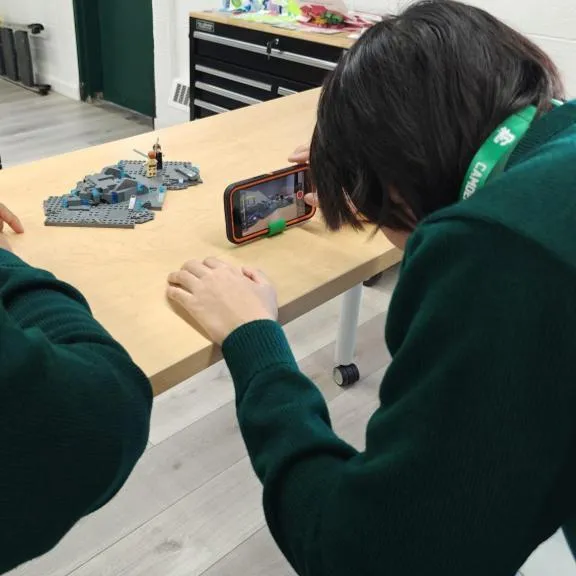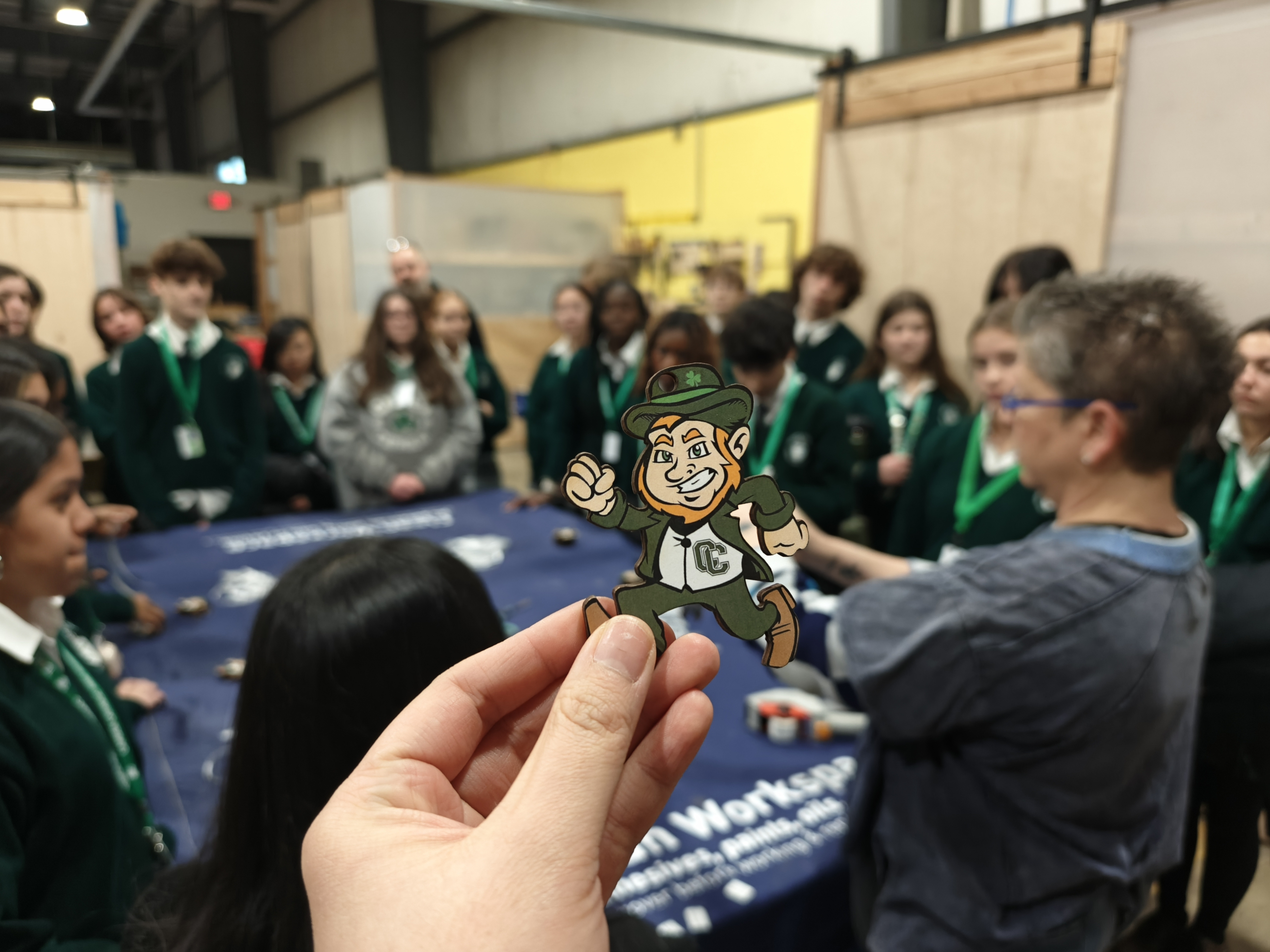
The Making of Design Thinking
“By fostering empathy, critical thinking, and hands-on experimentation, design thinking can help address the creativity crisis in education.”
Introduction
Introduction to Design Thinking is the first high school class I developed from scratch. It was first proposed by the administration as an essential part in the school-wide movement to adapt the STEM mentality, which manifested as a shift toward project-based learning. This semester-long course would be required for all ninth graders starting in the Fall of 2022 to equip them with technical and soft skills that would be used throughout their four years in high school. Simply put, I'd teach them things like video editing and public speaking so that when their teachers asked them to create a tutorial on how to solve this math problem or create a documentary about a historical event, they'd be able to.
As someone who started as a college professor, the thought of teaching every 9th grader in the school made me a bit hesitant at first, but I knew that this could be a platform to accomplish what I had sought to do: to change how students think.
Designing the Class
One of the hallmarks of a design challenge is the design brief, in which the problem, criteria, and constraints are described.
Problem
Develop a class to equip all incoming 9th grade students will the technical and soft skills needed to be successful at project-based learning.
Criteria
Students must learn basic technical skills, like video editing, graphic design, and creating presentations.
Students must learn basic soft skills, like public speaking, how to work in teams, and giving and receiving feedback.
Since all freshmen will take the course, it should also incorporate freshman transition topics, including study habits, time management, and career exploration.
Constraints
Classes will be comprised of students of mixed learning ability, but everyone should be able to be successful.
The class must be a semester-long course that fits with our rotating schedule. Students have eight classes but only meet with five classes per day for 1 hour each.
All course-related expenses must be minimal.
Understand
Within a few months of accepting the task, I began immersing myself in the content area. Aside from reading books, attending conferences, taking online courses, and scouring the internet for inspiration, I also completed a certificate in industrial design offered by AdvancedDesign, enrolled in the Maker Education program at Rutgers University, and conversed with experts in design thinking, such as Professor Michael Glaser from Drexel University, author of A Design Way of Being.

CAPTION: I made a skateboard from scratch using a CNC, woodworking tools, and a laser cutter. The goal of the final project for the Maker Mentality course was to get me out of my comfort zone and experience what it was like to be a learner again. Maker Mentality is one of five courses in Rutgers University's Maker Education program.
I figured the most efficient way to meet all of the criteria within the constraints was to create a course that was entirely project-driven, with grading rubrics that rewarded creative freedom. I wanted to create a system other teachers could tap into if they wanted to. For example, if you wanted your students to create a website, students would know what questions to ask, how to wireframe their ideas, have the technical skills to create the site, and be ready for rubric-based grading. By the end of the course, students will also know to expect unique roles with individual grading, even when working in groups.
Iterations
Every lesson had to be cleverly crafted to encourage students to expose that innate creativity that seemed to be buried deeper with each year of traditional education. Woven within and between projects were mini-lessons on public speaking, conflict management, teamwork tactics, time and project management, note-taking methods, and citing sources. I even published a workbook with QR codes to online tutorials, samples, written instructions, and other resources to accommodate diverse learners.

CAPTION: The Introduction to Design Thinking workbook is divided into two sections. In the first part, each of the six projects is broken down into the steps of the design process, with scaffolding to promote student creativity and success. The second part contains worksheets that accompany presentations about soft skills such as note-taking and creating slides.
It’s simply amazing what 14-year-old students can do when equipped with technical skills and given an opportunity to be creative, without the fear of failure or bad grades. Students have blown me away with video tutorials they record and edit in Canva, with the amount of detail and meaning they capture in their 3D-printed personalized keychains made in SketchUp, and with the ingenuity of the inventions they propose in their final project after learning about business model canvases at NextFab, a local professional makerspace. One thing I take particular pride in is that I cannot tell who the “Honors” or “Regular” students are. The freedom to be creative brings out something different in these energetic freshmen, and it’s with this foundation that they start high school.

CAPTION: Every semester, the Design Thinking classes at CCHS take a trip to NextFab to tour the makerspace and studios, hear from successful entrepreneurs about their journey, and kickstart their final project on product development.

